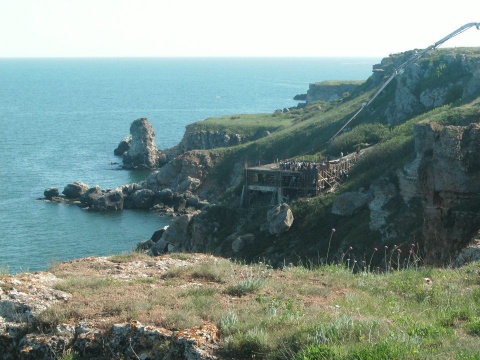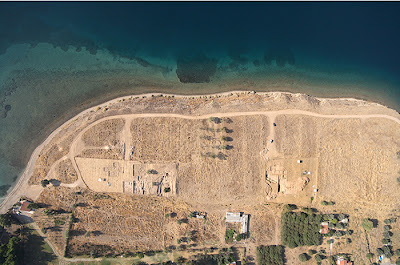
Photos of the illegal construction started circulating Bulgarian social networks on Saturday.
Municipal authorities have ordered a temporary stop of work on a construction site in the area of a protected archaeology site along Bulgaria's Black Sea coast.
The ongoing rapid construction was apparently started just ahead of Sunday's early general elections in Bulgaria, and raised among an outcry among environmentalistsand the general public.
The site appears to fall within the area of the Yaylata National ArchaeologicalReserve, located in a scenic area near the village of Kamen Bryag.
Monday Bulgaria's Ministry of Environment announced it has found that the ongoing construction does not comply with the construction permit issued.
The permit refers to "Reconstruction of a roof and masonry of a fisherman's hut," while builders have already erected two stories of a massive concrete building.
Read the rest of this article...







